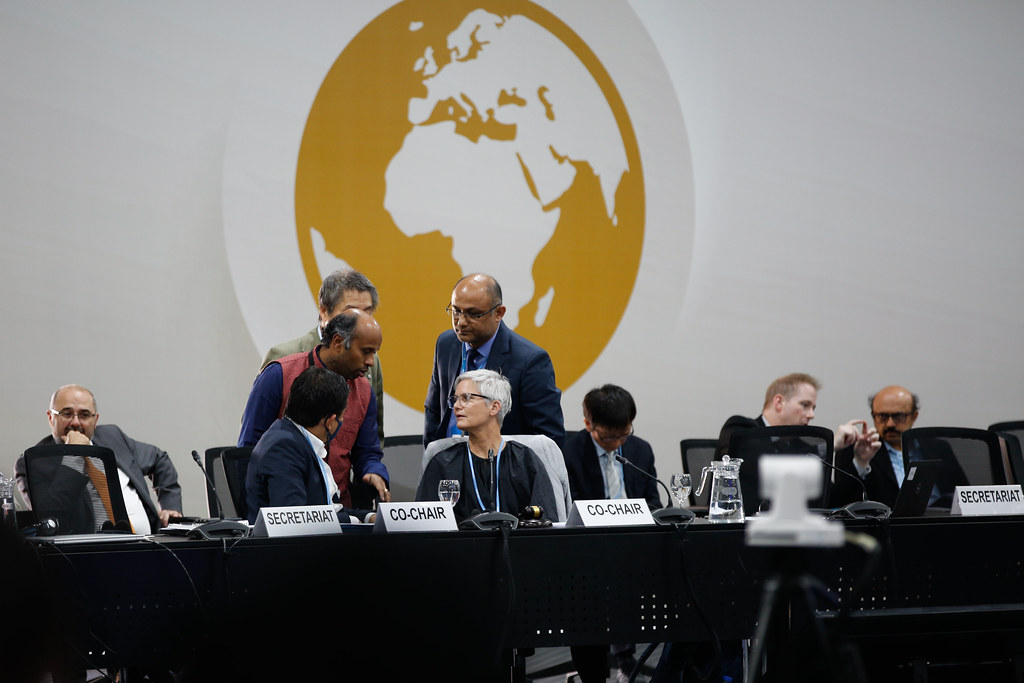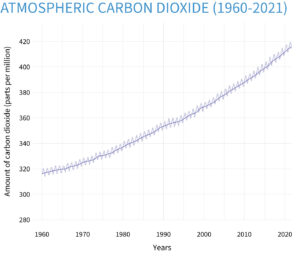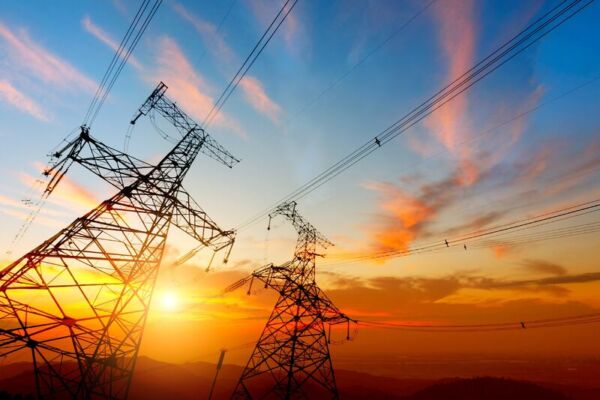Activists, politicians, and scientists all over the world are calling for action and urgency to curb the impact of climate change and its dangers which continually shape our reality: Ecosystems are transforming, animals are leaving their habitats or becoming extinct, and invasive plants and microorganisms are relocating. Extreme weather conditions and the increasing number of natural disasters are also on the rise, which of course can have devasting consequences.
Time to act
The consequences of climate change are complex and manifold – and many are attributable to the rising CO2 levels due to the excessive burning of fossil fuels, which began during the Industrial Revolution. Scientists have repeatedly affirmed this fact since 1896 while insisting on immediate action. And although countries pledged to actively reduce emissions, the amount of CO2 in the atmosphere is still not going down, as the graph below shows.
To try to put an end to or at least slow down climate change, the United Nations and the World Meteorological Organization (WMO) formed the Intergovernmental Panel on Climate Change (IPCC) in 1988. Since 1994, over 100 treaty-bound nations meet annually at the Conference of the Parties (COP) to address climate change and its consequences. These meetings led to the initiation of two of the most important political breakthroughs regarding climate change, the Kyoto Protocol (1997) and the Paris Agreement (2015).
2022: Time for COP27
Last month, the 27th annual Conference of the Parties took part in Sharm el-Sheikh, Egypt. As at every COP, the nations present discussed their progress regarding the Paris Agreement and reassessed past and current measures. This, unfortunately, produced some discouraging results. It seems as though limiting global warming to 1.5°C is becoming more and more unlikely, especially given the current energy crisis and inflation.
The Global Carbon Project’s budget report displayed a gap between the promises to cut emissions and the actions today: emissions are about to rise around 1 percent this year. This increase was driven by the higher use of oil, gas, and coal in the mobility and energy sector due to geopolitical.
Activists, scientists, and politicians were critical of the lack of discussion regarding this alarming development. The results were “depressing” and wouldn’t improve last year’s agreements, stated a climate expert from Germany.
It is disappointing that the renunciation of fossil fuels does not appear in the final text – even though numerous countries had called for precisely that.
A big win, however, is the agreement to provide “loss and damage” funding for countries that are impacted most by climate disasters. Still, it is only a small development in the grand scheme of things and does not affect the core of our climate crisis: rising CO2 emissions.
Time is running out
It is especially crucial not to cross the 1.5°C mark. While a temperature increase of 1.5°C would still result in severe climate change and damage, the effects would be far milder than the extremes that could occur with a rise of 2°C. We are already at an all-time-high of 1.1 – 1.2°C. To stay within 1.5°C, global emissions need to be reduced by 45 percent until 2030, which means an annual decrease of CO2 by about 7 percent, as stated by climate institutions like IRENA:
Renewables-centered energy transition is the only realistic way to meet the 2030 timeframe for emissions reductions (and) the objectives of the 2030 timeline for sustainable development and is a strategic choice for enhancing energy security.
This means the world needs to reduce its use of fossil fuels and evolve to the point where humans use renewable energy systems by default. The good news is that renewable energy infrastructure and other green technologies have become more affordable in recent years – as cheap as fossil fuels is most parts of the world. On top of that, electric vehicle technology also progressed rapidly, and the adoption of fuels such as hydrogen is on the rise. Still, imminent action from political decision-makers remains vital to create sustainable change.
Read more on how wind energy can pave the way in our related articles.




